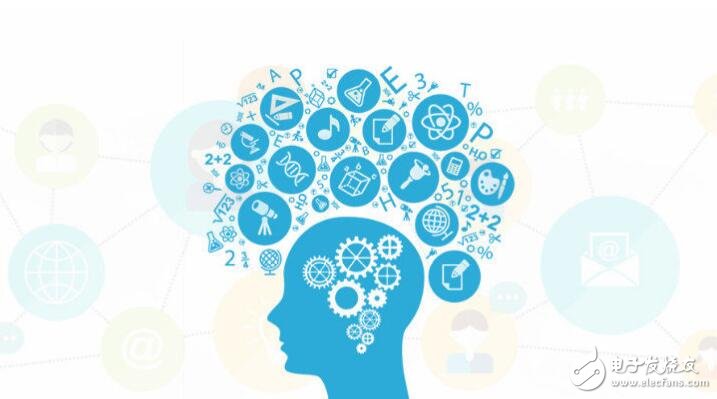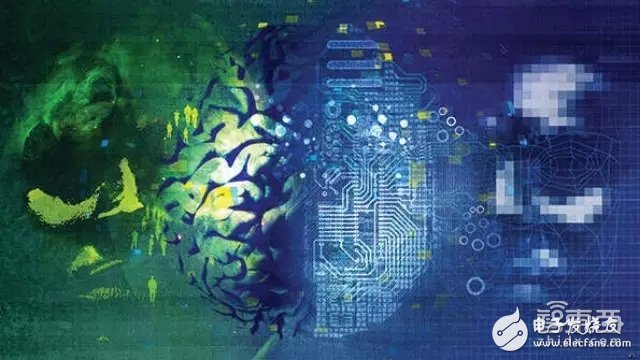In 2011, Obama announced the National Robotics Program (NaTIonal RoboTIcs IniTIaTIve) at Carnegie Mellon University's National Robotics Center in Pittsburgh, including manufacturing, sustainable agriculture, space and seabed exploration, healthcare, Transportation, personal and homeland security, as well as disaster recovery capabilities and sustainable infrastructure.
In May of this year, federal agencies also participated in the White House Science and Technology Policy Office (OSTP) Subcommittee on Machine Learning and Artificial Intelligence under the National Science and Technology Council (NSTC). In this issue of Smart Internal Reference, we recommend an artificial intelligence strategy white paper from the US Presidential Administration Office and the National Science and Technology Council.
The following are the dry goods presented by the smart internal reference:
Artificial intelligence and machine learning are a potential area that can improve people's quality of life and help solve some of the world's biggest problems and inefficient jobs. The investment in basic research and application research and development of artificial intelligence has gradually begun to pay off.
AI has an obvious strategic importance, and it can help the federal government monitor important changes around the world and alert global developments to change US policies on time and on demand. AI has made significant advances in federal science, technology, engineering, and increasing emphasis on knowledge and education and mathematics (STEM) education programs. AI education is also an integral part of computer science. The president advocates that all American students, from kindergarten to high school, to learn computer science and equipped with computational thinking skills, need to enter the technology-driven world earlier.

Currently, mainstream applications of AI are strategy games, language translation, autopilot, image recognition, and the like. There are also some AI systems used in business services, medical diagnostics, education, research, and other fields. Applications in the public sector include medical, transportation, environmental, criminal justice, and economics. The government's own work efficiency is also getting faster and faster with the progress of AI, and accomplishing their tasks more effectively.
The main problem with AI in terms of policy is that many of its products, such as self-driving cars and drones, need to comply with certain management and regulations, reduce driver errors, increase personal mobility, protect the public from harm, and ensure economics. The competition is more fair. At the same time, the government should also consider how to reduce management costs and mobilize the economic benefits of AI.
The social concern of AI mainstream is that super-intelligent AI will transcend human understanding and control, and its application in key areas will cause immeasurable serious damage. More concerns for AI experts and practitioners are AI-derived helpers, assistants, trainer issues, and system operational safety and ethical issues.
| AI or triggering the gap between rich and poorThe main economic impact of AI will be reflected in the field of automation technology: processes that were previously not automated will be able to automate. This will likely increase productivity and create wealth, but it may also affect specific types of work in different ways, reducing job requirements for certain skills, but it can also increase job requirements for other skills to compensate for employment.
The White House Bureau's Economic Analysis Consultant (CEA) believes that the negative impact of automation will be primarily reflected in lower-paying jobs, and one of the biggest risks is that AI-driven automation will increase people with low education levels and well-educated people. The wage gap between them may increase the gap between the rich and the poor. This requires public policies to address these risks and ensure worker retraining and employment. Public policy also needs to push AI to drive economic benefits in a broader area.
| AI management requires fairness and securityAs artificial intelligence technology moves toward broader deployments, technologists, policy analysts, and ethicists are beginning to worry about its unintended consequences. AI-based manpower management raises concerns about how to ensure fairness, fairness, and accountability. The same issue was mentioned in the 2014 Big Data White Paper. The possible challenges and risks of AI have already triggered the attention and warning of industry experts.
In terms of security, the main concern is to safely transition the AI's control of the physical world from the "closed world" (laboratory) to the "open world" outside, and perhaps unpredictable things will happen. The safety experience of aircraft, power plants, vehicles, bridges, etc., does not give enough enlightenment to AI practitioners.
At the technical level, security and fairness are the same challenge. In both cases, the AI ​​industry has to do to avoid unintentional behavior and to convince stakeholders that AI will not be accidental.
In addition, ethics training for AI practitioners and students is a very important part. Ideally, each student's learning of artificial intelligence, computer science, or data science will face a related ethics and safety topic. However, moral values ​​are not enough. Ethical training should also focus on educators paying attention to the necessary details during operation and avoiding accidents that cannot be borne.

AI is a hot topic in recent international discussions. As a topic of interest to national and multilateral institutions, stakeholders have begun to introduce AI and are prepared to face challenges. Dialogue and cooperation can help promote the development of artificial intelligence and leverage the advantages of AI to help overcome difficulties. ,
The first thing to face is AI's cybersecurity issues, including defensive and offensive network measures. Currently, designing and operating a safe system requires a lot of time and manpower. Partially or fully automated AI may increase the range of cross-system security applications and significantly reduce costs and increase the agility of the country's network defense. AI can be used for timely detection and rapid response to respond to changing threats.
In terms of weapon systems, AI will create a more precise, safer and more humane military environment. However, there are many ethical and legal issues that exist directly away from human-controlled weapon systems. Currently, the United States is active in international dialogue on deadly autonomous weapons systems, coordinating international humanitarian law, government policies, and autonomous or semi-autonomous weapons.
Three Phase Ammeter,Voltage Ammeter,Three-Phase Power Meter,Power Instrument
zhejiangjinyidianqiyouxiangongsi , https://www.jooeei.com